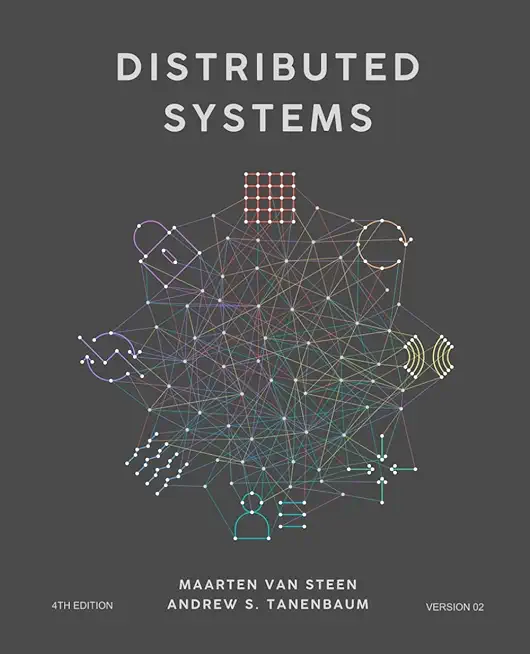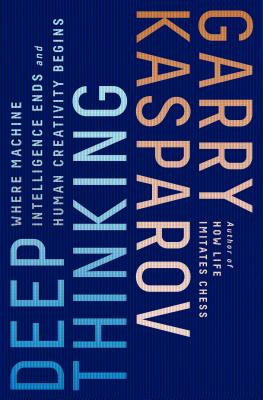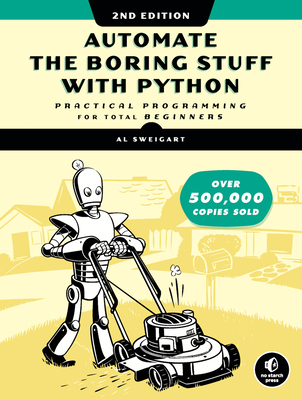Java Programming Introduction Training in Mount Pleasant
|
We offer private customized training for groups of 3 or more attendees.
|
||
Course Description |
||
| Introduction to Java Programming ... Stand-alone applications and
servlets... Compiling source code into bytecode ... Overview of class
libraries Object Oriented Programming with Java The object paradigm ...
Encapsulation, inheritance and polymorphism ... OO analysis and design:
... Is a and Has a ... Designing an OO application step by step ...
Diagramming object structure.
Course Length: 4 Days
Course Tuition: $2250 (US) |
||
Prerequisites |
|
| Students should be comfortable in the use of the Windows 2000, Windows XP, Windows Vista environment, or Windows 10 environment. | |
Course Outline |
|
Introduction to Java Programming
• Stand–alone applications and servlets
• Compiling source code into bytecode
• Overview of class libraries
Object–Oriented Programming with Java
The object paradigm
• Encapsulation, inheritance and polymorphism
• OO analysis and design: “Is a” and “Has a”
• Designing an OO application step by step
• Diagramming object structure with Unified Modeling Language (UML)
Java’s object–oriented features
• Instantiating objects from classes
• Aggregation and composition
• Extending existing classes
• Overloading and overriding methods
Structure of the Java Language
Language syntax
• Declaring and initializing variables
• Declaring and using arrays
• Upcasting, downcasting and autoboxing
Flow control
• Invoking methods and passing parameters
• Conditionals and loops
• Handling exceptions with try and catch
Defining classes
• Fields (instance data)
• Methods (functions)
• Abstract classes and interfaces
• Organizing classes with packages and modifiers
• Composition vs. inheritance
Building the components of a Java program
• Leveraging generics with the collections API
• Developing new classes
• Compiling and debugging
Developing GUIs
Foundations of user interfaces
• Basic GUI widgets
• Event–driven programming
• Benefits of a portable windowing library
Java Foundation Classes (JFC)
• Creating Swing components
• Adding Swing components to containers
• Arranging Swing components using layout managers
• Dialogs and message boxes
Event handling
• Registering event handlers
• Inner classes and top–level classes
Storing and Retrieving Data with File I/OJava streams
• Streams, Readers and Writers
• Catching and throwing exceptions
• Formatting text output
Files and directories
• Reading and writing files
• Creating, deleting and renaming files
• Obtaining directory and file information
Working with Relational Databases
JDBC database access
• Leveraging the JDBC API
• Choosing database drivers
• Connecting to a database
Improving performance with prepared statements and stored procedures
• Submitting SQL statements
• Retrieving and processing results
Java Development Tools
• Java Development Kit (JDK)
• Compiler (javac)
• Javadoc utility
• Java Archive (JAR) utility
• Java Integrated Development Environments (IDEs)
|
Course Directory [training on all levels]
- .NET Classes
- Agile/Scrum Classes
- AI Classes
- Ajax Classes
- Android and iPhone Programming Classes
- Azure Classes
- Blaze Advisor Classes
- C Programming Classes
- C# Programming Classes
- C++ Programming Classes
- Cisco Classes
- Cloud Classes
- CompTIA Classes
- Crystal Reports Classes
- Data Classes
- Design Patterns Classes
- DevOps Classes
- Foundations of Web Design & Web Authoring Classes
- Git, Jira, Wicket, Gradle, Tableau Classes
- IBM Classes
- Java Programming Classes
- JBoss Administration Classes
- JUnit, TDD, CPTC, Web Penetration Classes
- Linux Unix Classes
- Machine Learning Classes
- Microsoft Classes
- Microsoft Development Classes
- Microsoft SQL Server Classes
- Microsoft Team Foundation Server Classes
- Microsoft Windows Server Classes
- Oracle, MySQL, Cassandra, Hadoop Database Classes
- Perl Programming Classes
- Python Programming Classes
- Ruby Programming Classes
- SAS Classes
- Security Classes
- SharePoint Classes
- SOA Classes
- Tcl, Awk, Bash, Shell Classes
- UML Classes
- VMWare Classes
- Web Development Classes
- Web Services Classes
- Weblogic Administration Classes
- XML Classes
- Introduction to Spring 6, Spring Boot 3, and Spring REST
15 December, 2025 - 19 December, 2025 - See our complete public course listing
Java Programming Uses & Stats
|
Difficulty
|
Popularity
|
Year Created 1995 |
|
Pros
Most Commonly Used:
Great Career Choice:
Android Apps Development:
It Can Run On Any Platform:
Great Supporting IDE's: |
Cons
Uses a Lot of Memory:
Difficulty in Learning:
Slow Start Up Times:
Verbose and Complex Code:
Commercial License Cost: |
| Java Programming Job Market |

Average Salary
|

Job Count
|

Top Job Locations
New York City |
|
Complimentary Skills to have along with Java Programming
- If you are an experienced Java developer, learning a complimentary language to Java should come much more naturally. As an example JetBrains recently created the Kotlin programming language which is officially supported by Google for mobile development. Kotlin compiles to Java bytecode and runs on the JVM; it's purported to address many of Java's shortcomings... |






